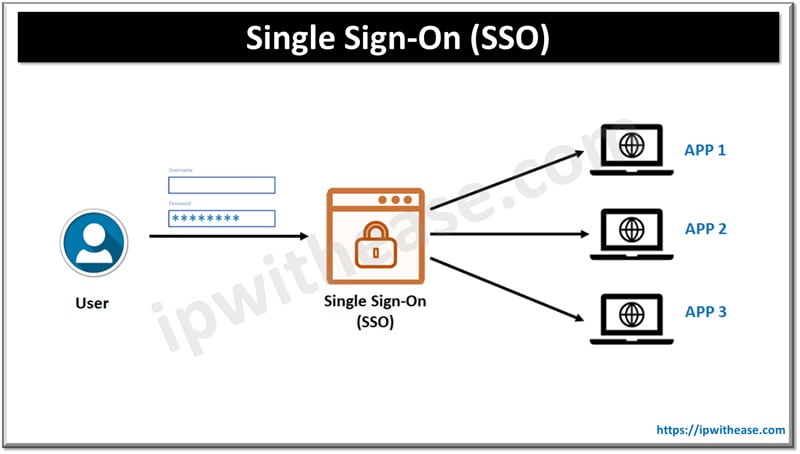Table of Contents
When speaking about MLOps, like any other methodology, this one has principles we have to abide by. The principles ensure correct implementation of the methodology, and ultimately increase our business’s chances for success.

MLOps Principles
Machine learning operations principles include collaboration, ML evaluation and training continuity, monitoring, versioning, orchestration, continuous deployment and integration automation, continuous feedback, reproducibility, and metadata logging.
1. Collaboration
It’s necessary to integrate industry-specific knowledge into the technical and functional operations of an organization. This is where collaboration between teams of data scientists, developers, and field experts is essential.
Every team has responsibilities and procedures to follow, but they also have insight into what the other teams have achieved and what they’re currently working on. That’s why companies are nurturing collaborative work cultures.
2. Continuity in ML Evaluation and Training
Machine learning operations require ML retraining. This means that when a machine learns something, it needs to continue learning. It’s a similar process to our learning because we learn and we make mistakes, we learn some more, and we make new mistakes.
Therefore it’s necessary to evaluate the ML models and figure out what they can improve on and retrain them. Pursuing a machine learning course is must to understand the nitty-gritties.
3. Continuity in Monitoring
To improve continuity in learning, training, and retraining the ML models, we need to perform continuous monitoring. This requires ML monitoring tools you can implement for evaluating the quality of the current ML model.
4. Code Versioning and Reproducibility
Versioning the model, code, and datasets lets us reproduce the ML models. Also, it’s quite important to version code so that it becomes traceable if it’s to be audited for compliance. On a more important note, reproducibility lets us roll back to the previous version if the latter one is flawed.
5. Pipeline Workflow Orchestration
There’s always a need for the orchestration of a pipeline. There are several steps a pipeline workflow has to have, and this includes the machine learning steps like training, engineering, and deployment.
6. Continuous Deployment and Integration Automation
Delivery, integration, and deployment need automated distribution and tracking. There’s always a case of someone wanting to improve something and deploy it, and it needs to be as smooth as possible. New ML models, new branches, and new implementations.
7. Continuous Feedback
Feedback is always necessary, and we’re going to call this principle in MLOps feedback looping. This means that the quality assessment from monitoring we receive needs to be passed on as feedback before the new machine learning model deployment.
8. Metadata Logging
Logging the metadata is necessary throughout the entire ML pipeline workflow. It leads to simple and efficient debugging. The troubleshooting process becomes much easier with metadata logs.
Key Principles of Responsible Machine Learning
The general principles are fairly easy to understand, but we also need to discuss the principles of responsible machine learning. These principles are equally important as the principles of MLOps.
1. Human Evaluation
It’s necessary to evaluate the processes with predictions that may have an unwanted effect. Automation through ML models can mean increased efficiency in all systems, but it doesn’t mean that it can’t be flawed.

When thinking about MLOps, it’s best to design systems, when necessary, where human review is going to be in the loop. For example, a fully automated fraud detection system can be imperfect, so we might need an expert in the field to evaluate some tests.
This is more about ensuring the accuracy of the results and avoiding mistakes. Imagine 10.000 banknotes scanned to determine if they’re not fraudulent, and a 100 cut because they’re mixed up in the bunch and a machine made a mistake.
2. Transparency
Machine learning model transparency involves the possibility to explain the features related to the results that the machine learning model produced. If there’s no transparency, that just means that we’re piling data into an ML pipeline thinking that it’s going to work.
However, when the features of the ML model are transparent, and they’re closely related to the results the ML model produces, we can explain them, and probably reproduce the model easily based on the needs of a business.
3. Displacement Opportunity
When automation through AI and ML models starts happening, we as employers should find it an ethical obligation to develop various displacement opportunities for the employees that no longer do the automated tasks.
It’s important to document MLOps projects and their effects on the business. What’s going to happen on lower levels, and what’s going to happen on higher levels? Is it going to affect management as well? These are the questions to ask.
4. Privacy and Data Risk Awareness
The processes we improve through MLOps need to be protected, and the data used for the processes need to be as private as possible. This means that when designing the system, and its components, we need to implement privacy procedures wherever possible.
However, there are risks that organizations need to be aware of because large amounts of data are used. Usually, security breaches happen because of human error, not because of some malicious attacks.
5. Accuracy
There’s a fine line between being accurate in terms of computers and humans. What might be accurate for us might not be for a computer. That’s why we need to implement different means and methods to assess the accuracy of our ML models.
Conclusion
The key principles of MLOps lead us to a successful machine learning-driven business model. It’s also necessary to adhere to the principles of responsible machine learning while integrating machine learning operations in your company.
Continue Reading:
Top 10 trends in Intent Based Networking Vendors
Top 5 IT Technology trends which will rule the future
ABOUT THE AUTHOR
IPwithease is aimed at sharing knowledge across varied domains like Network, Security, Virtualization, Software, Wireless, etc.



